
views
Prepping the Chair's Surface

Wash the chair. Use a cloth dipped in soap and water to remove any cobwebs, debris or dirt build-up on your wood chair. If there is a grease build-up, use a grease remover followed with a water rinse. Allow the chair to air dry completely.
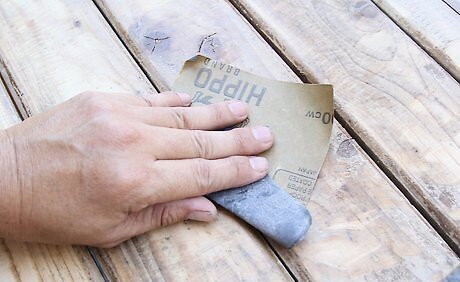
Sand the chair to create a smooth painting surface, if needed. If your chair is covered with chipping paint, use a coarse grit sandpaper to remove the larger pieces, then use graduating levels of finer grits until you reach the desired finish. Sand out light scratches and dings, as they will show when you paint your chair.
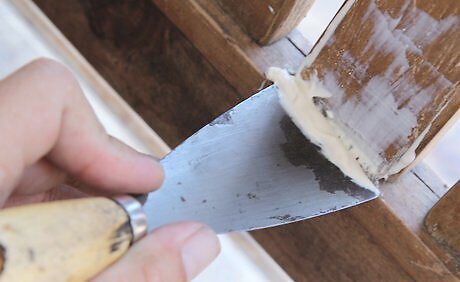
Fill any holes with wood putty. If the blemishes are too deep to be removed with sanding alone, apply wood putty to the marks and allow it to dry per the manufacturer's instructions. Once dry, sand the excess putty away until your surface is smooth.
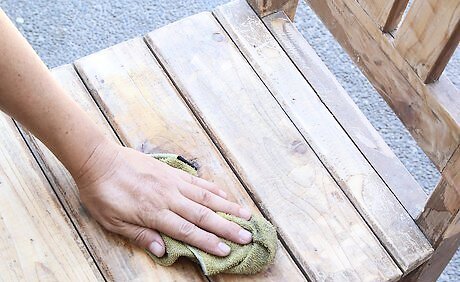
Tack off the chair. Use a tack cloth or slightly damp cotton cloth to remove the dust from sanding. Allow the chair to air dry before proceeding.
Painting the Chair

Pick a color or color scheme for your chair. Use a solid color, or a combination of contrasting or complementary colors. For a whimsical look, paint the seat one color, the back another and the legs another. For subtle touches, paint the entire chair a solid color, then apply accents, such as striping or polka dots, using an alternate color or 2.

Place the chair on a drop-cloth to protect the surface below from paint spatter and drips.
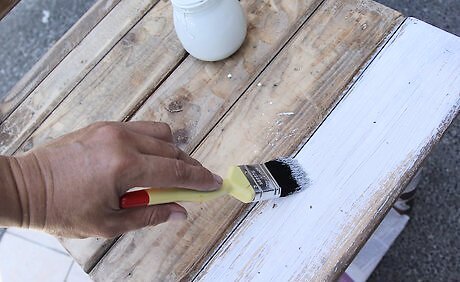
Apply Primer. Stir the paint thoroughly before applying. Use a brush that's easy to hold and small enough to fit between all of the chair's components. It's typically easiest to turn the chair upside down and paint the legs first. When finished, stand the chair on back on its legs and paint the remainder of the chair.
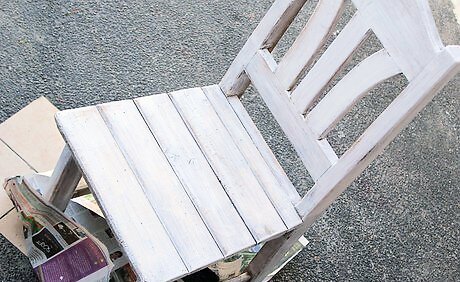
Allow to dry and apply additional coats as needed. Use spray paint for fast results. Be sure to shake the canisters thoroughly before applying. Use several light coats rather than 1 heavy coat as this discourages drips.
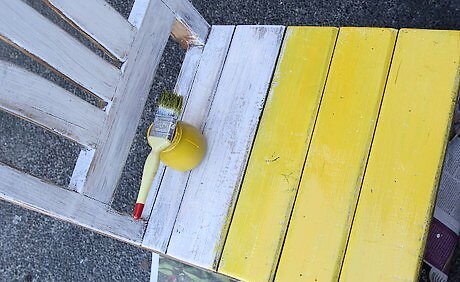
Apply your chosen paint. Use several light coats rather than 1 heavy coat as this discourages drips.

Cover your newly painted wooden chair with a protective clear coat. Depending on the desired finish, use a matte, satin, or gloss coating. A spray finish is easy to apply, but a brush-on finish offers more control for even application. If you plan to add decorative decals to your newly painted chair, apply them before applying the protective clear finish. Allow the clear coating to dry per the manufacturer's instructions, and apply as many coats as desired.




















Comments
0 comment